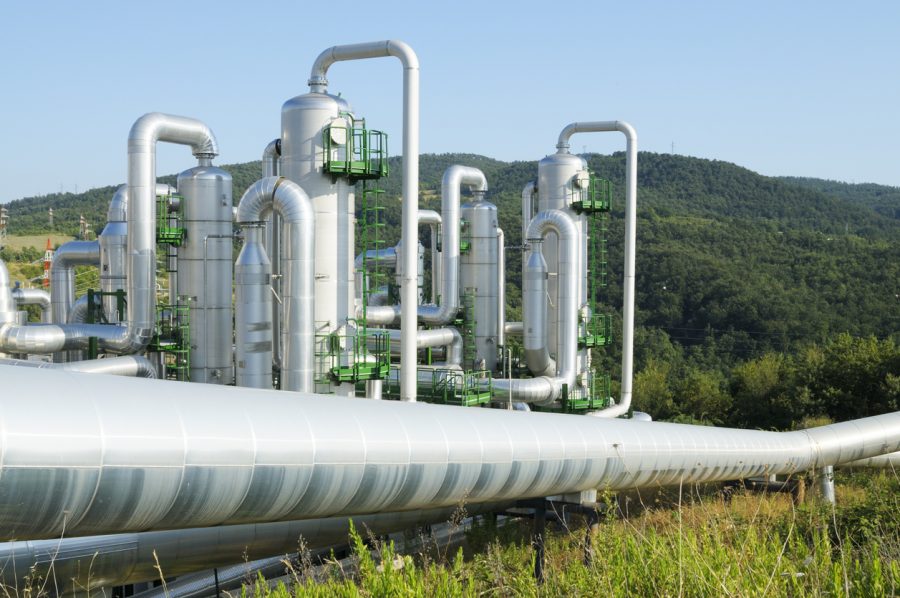Is Geothermal Energy Right for Your Home?
Once you have purchased a home and taken out a mortgage, there are many different ways to put the property that you have bought to work for you. One area of the property of which many people do not think of using is the area beneath your home. In fact, there is a power source buried in the ground far beneath your home that can provide an energy source for your home and save you money. Geothermal energy is an underexplored source that can have long-term positive benefits for your home. Below is an explanation of what geothermal energy is and how it can help you.
Geothermal energy is loosely defined as heat that comes from the earth. Beneath the earth’s surface, there is a natural source and reservoir of heat that can be tapped and continuously exploited. This is a renewable resource and the primary expense is drilling to reach the reservoir and establishing the connection to bring the heat up from the earth.
There are several different sources of geothermal energy beneath the earth’s surface.
In some instances, exploiting geothermal energy beneath the ground requires deep drilling many meters down from the surface in order to reach the source of the power. However, there are also shallower pools of geothermal energy that are easier to reach and require less drilling. In the UK, the geothermal pools are located approximately 10-15 meters below the earth’s surface. This comes from the upper crust of the ground which retains heat from the sun. There are other pools in the UK that are several kilometers below ground and have been the subject of large-scale projects to reach.
In the UK, geothermal energy is used for residential purposes through the installation of a pump. These pumps are called ground source heat pumps. In order to use this, a hole is drilled into the ground and piping is installed. A cold refrigerator fluid is circulated that picks up the heat from the earth. The heat is taken up to a compressor where it is pressurized and heated. The fluid is circulated through the building and combines with colder air in the building to provide heat. This then cools down the fluid and it is recirculated back into the ground to repeat the process. Geothermal energy can also be used for cooling in the summer months and for hot water heating.
While this technology can definitely save money on electricity bills, it is also not cheap since there are upfront installation costs. Therefore, an analysis is required to determine whether the savings are worth the initial investment. In many instances, the answer to that question is yes. There are several reasons why geothermal energy makes sense as an electricity solution. For starters, it greatly reduces electricity usage. Additionally, geothermal energy is much more efficient than traditional heating systems, meaning that less heat is wasted.
At the same time, you must fully consider upfront costs. Drilling into the ground and the pump are considerable expenses. The UK government has a program that is intended to encourage homeowners to switch to renewable energy sources in order to reduce national energy usage. As a result, there are incentive payments that can be made to homeowners for up to seven years based on a formula. This calculation depends in part on the type of system that is installed and the total energy savings. The incentive payments can help homeowners recoup some of the high upfront costs for installation of the geothermal system and can subsidize the expense in part. These incentives must be factored into the calculation when deciding whether or not install the system. Of course, you must check to ensure that your property is suitable for a geothermal system. You should investigate both the quality of your soil and the composition of your ground water because both can effect the efficacy of a geothermal heating solution.
Share It on :





